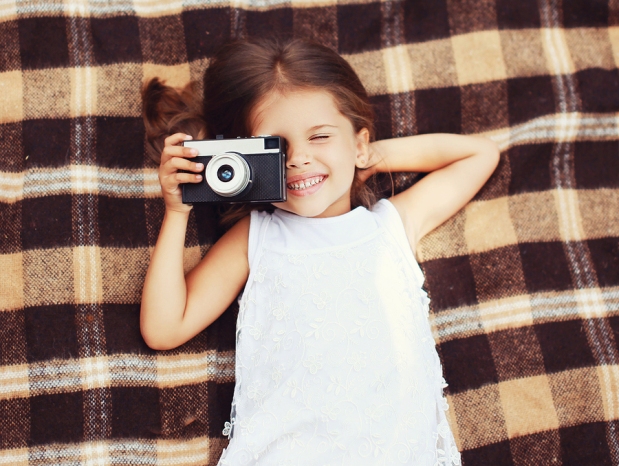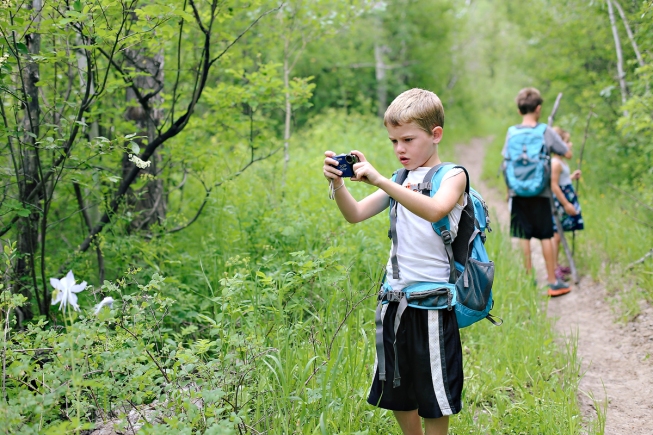A well-maintained and attractive yard is a perfect complement to a home. It enhances your personal taste and makes the surroundings look interesting and awesome. No matter how big or small your yard is, it is very important to neatly landscape it. It is the big factor in achieving the amazing finishing touches of your entire home.
William Schoellkopf, a landscaping company that offers varieties of landscaping service that fits your needs, is expert when it comes to professional designs perfect for the structure and physical features of your garden. Their landscape design professionals are dedicated to coming up with a perfect result creating a breathtaking atmosphere.
To get the most from your out of your garden, there are low-cost alternatives offered by William Schoellkopf while you keep the beauty of your garden at the same time. They vary the design of a garden based on the shape and look of the space. You can showcase your creativity by adding personal touches to the design wherein you may choose something that suits your taste or personality.
Their professionals are able to identify if there are possible problems the garden may face in the future to prevent them from existing. In this way, you have a peace of mind that the landscape will last which gives value to the amount of money you may spend for the project.
Through proper plotting, these experts are able to determine the type of plants that can be planted in the specific area of our garden based on its needs like the sunlight and soil. You may be aware that plants grow healthily based on the type of soil and how it should receive the amount of the sun.
The professional landscapers can also offer affordable plants but will not make your garden look cheap through the application of excellent touches of design. They usually propose a cost-effective way of maintaining your garden to help you save money and time while taking care of its beauty.
Creating a focal point will make your garden gain the attention of whoever passes by. No matter how small the space used by your garden, it will still look striking through using clusters of attention-seeker plants, vibrant flowers, and ornaments, bird cage, similarly shaped rocks, bench, planter or a unique architectural garden design. These features add a sense of purpose to your garden, allowing each visitor to feel welcomed as they enter your home.
Aside from designs, you also need to add a texture to your garden. You may include steps and other artistic platforms to maximize the space. It seems like you are creating an illusion of several rooms in the garden through the use of platforms like flooring materials, defined pathways, and creative use of arches.
You can also choose a design with faux grass on it to transform the small yard into a pleasant outdoor area. It will surely look inviting and cozy once you achieve all these goals. Seek help from William Schoellkopf and they can master these designs for you.




